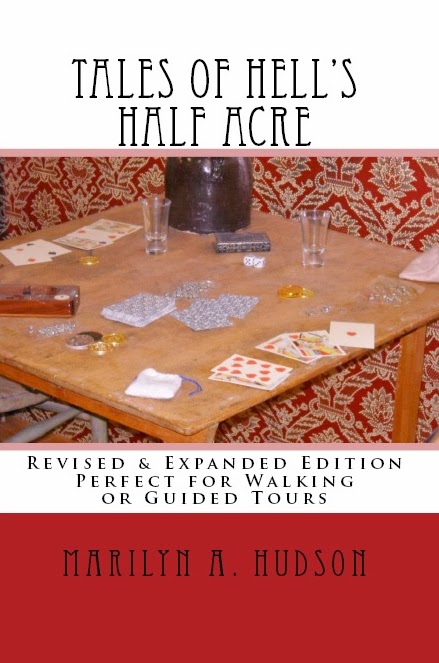The Russian Flu, 1888-1889, reached North America in 1889-90. About a million people globally died in total.
In the 1918 Flu , millions of people died from "influenza". Nearly every community in the U.S. was impacted, churches, schools, and public events, such as Halloween parties, were canceled by civic decrees.
An Asian Flu epidemic broke out in 1956-1958 and in the U.S. just under 70,000 died. I was one who was lucky and escaped death but was rushed to the hospital .
In March of 1976, soldiers at Ft. Dix in New Jersey were suffering from an illness with few symptoms other than just feeling bad. One solder reported feeling ill but still made a hike only to die within hours of returning. Although others were ill and in the hospital by that time, base doctors were disturbed by the fact that there was an apparent illness without major symptoms capable of causing death. Perhaps because it came from the military their report zoomed up the channels leading to what is sometimes called the "Swine Flu Fiasco." In a daring move President Ford ordered mass inoculations to avoid a WWI style outbreak which was believed to have been Swine flu.
In 2009 a related version of swine flu, but one with a bit more 'umph' cut a swath through parts of the globe. The 'umph' was the flu strain was a mixture of both swine and avian flu. In truth the WW1 variety had been more avian flu than swine flu but this was not learned until later. Apparently, the more avian the strain is the more dangerous the flu becomes.
Although, people died and came down with disastrous side affects following the 1976 immunizations and the pandemic was a 'no show', history warns us it could have been. Recent history also shows that our quick transportation can create a disaster in hours rather than the months or years of earlier times. If faced with another 'hard call' will we be able to move swiftly to counteract death or be bogged down with indecision? People should be given the choice to participate (there is always a some who may die or become ill) but the small number who may become ill should not hamper work to save literally millions of lives in the event of a real pandemic outbreak.
Sources:
http://en.wikipedia.org/wiki/Influenza_A_virus_subtype_H2N2
http://en.wikipedia.org/wiki/Influenza
http://www.cdc.gov/h1n1flu/qa.htm
http://www.archives.gov/exhibits/influenza-epidemic/records-list.html




